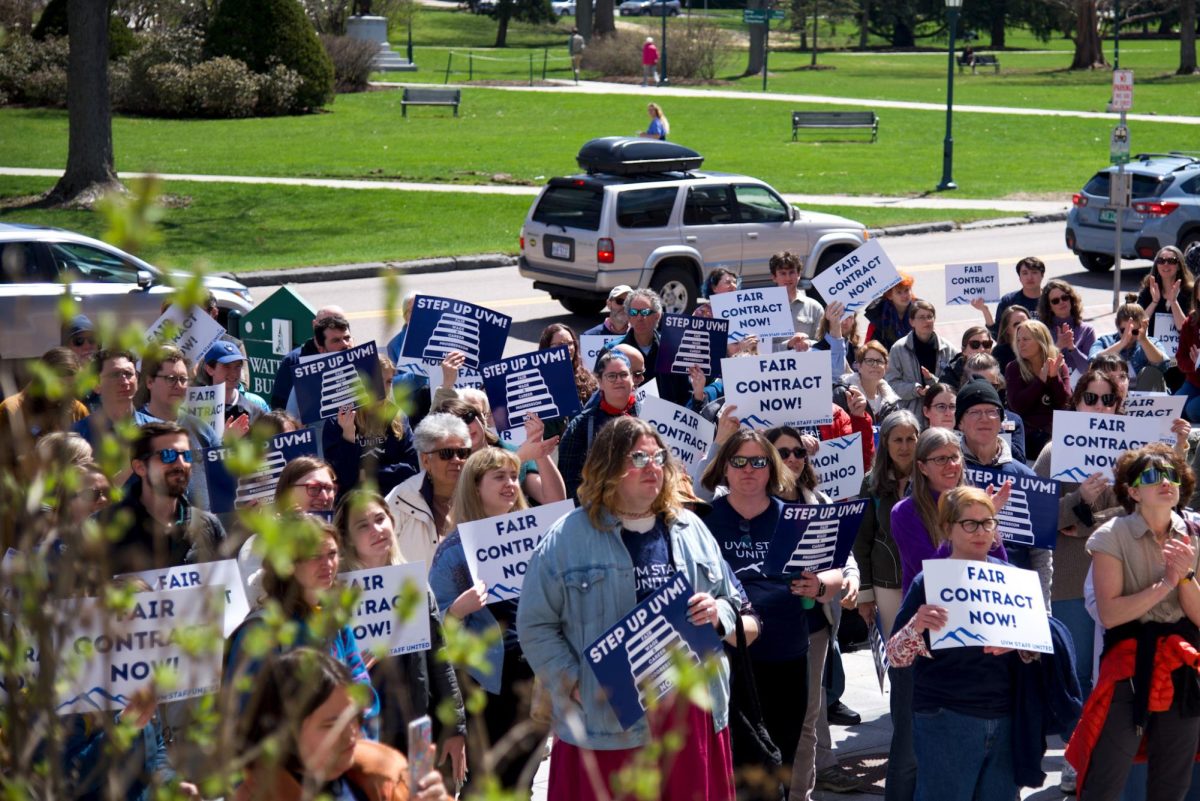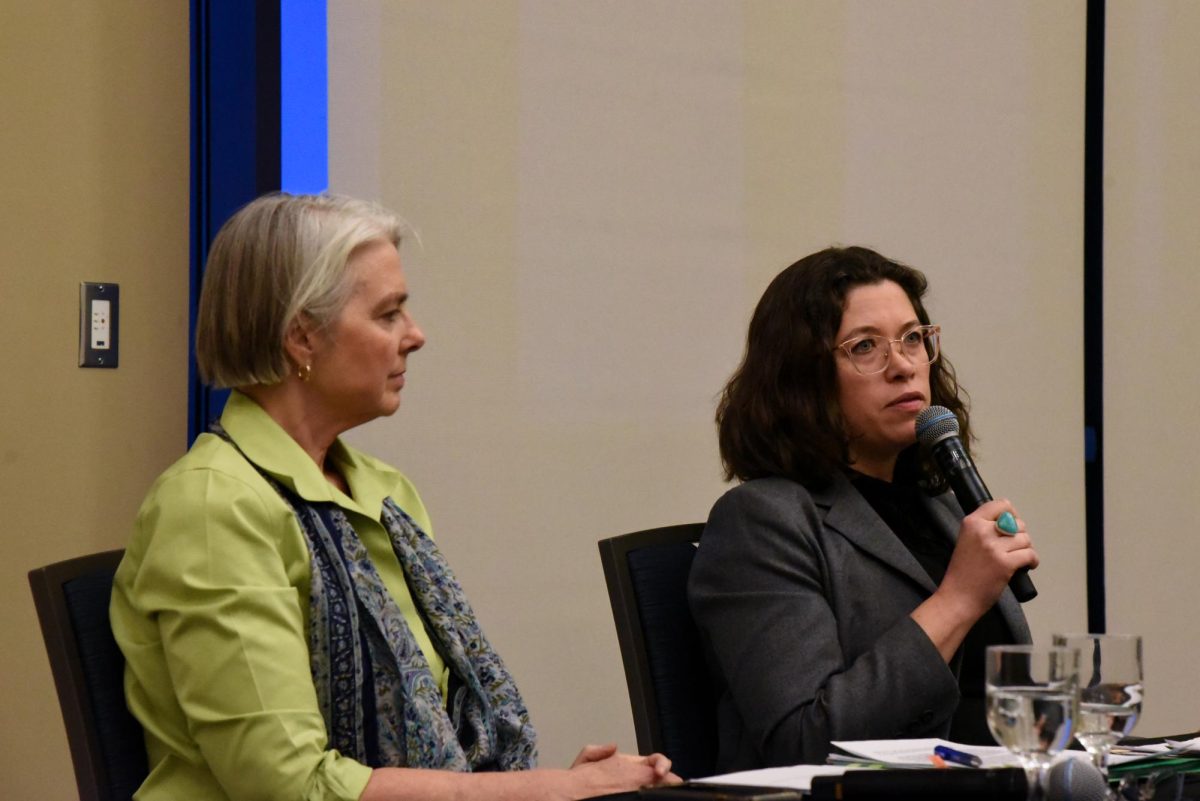A wide array of individuals and groups were represented at the Free Trade Area of the Americas protest including environmental groups, labor unions, indigenous peoples, grassroots organizations, church groups, students and many others that felt compelled to peacefully demonstrate their opposition to the Free Trade Area of the Americas. Although many individuals were possibly unaware of the possible magnitude of police aggression before arriving at the protests it quickly became apparent that Miami was essentially a city under martial law.FTAA BackgroundThe Free Trade Area of the Americas (FTAA) is the proposed expansion of the North American Free Trade Agreement (NAFTA). This agreement will include all countries in Central America, South America and the Caribbean, with the exception of Cuba. These FTAA negotiations began right after the launching of NAFTA in 1994 and are hoped to be completed by 2005. This agreement would eliminate protections and tariffs on imports and exports among 34 countries throughout the Western hemisphere, creating the world’s largest free-trade bloc. On November 20th and 21st many concerned people from the Western hemisphere came together in Miami to demonstrate their opposition to the FTAA ministerial meetings. Specific concerns varied but most in attendance felt that the intensification of NAFTA manifested in the FTAA will only further encourage the “race to the bottom” in workers wages and labor standards, as well as undermining human rights, existing environmental protection, and food safety laws throughout the regions of the Americas and Caribbean. Vermonters have already personally experienced the impacts of free trade under NAFTA as many workers have lost their jobs as plants relocate to areas where they can find cheaper labor and less regulations governing workers rights and the environment. Many Vermont dairy farmers have suffered significantly under NAFTA as this agreement has invited corporate agribusinesses to challenge and ultimately take over many of the smaller family owned Vermont farms. According to the U.S. Census Bureau of Statistics, 6,283 jobs that were lost in Vermont can be directly linked to the implementation of NAFTA during the period of 1994-2000. Throughout the United States there have been a total of 3,044,241 trade related job losses during this same six year period. With these concerns in mind for both Vermont and for the larger community of the Western hemisphere, approximately fifty people from Vermont made the long trip down to Miami to resist free trade policies outlined by the FTAA. Burlington activist, Jason Ford, from Action for Social and Ecological Justice (ASEJ), voiced his concern that the ” FTAA will only expand the disastrous effects of NAFTA on communities of Vermont, adding hundreds more to the already thousands of jobs lost due to plant shutdowns, forcing more small farmers off their land in the face of cheap agricultural imports and large factory farms, and continue to lift protective tariffs on the export of wood products from our forests.”On Thursday, November 20th a crowd of protestors gathered at around 7 am at government center to participate in what they thought would be a day of direct action. After finally reaching the general destination the colorful crowd danced, drummed, chanted and generally occupied a four street radius with a carnival atmosphere characterized by puppets and music. By 10 am, the police in full riot gear, began forming lines to push us away from the area. The police used pepper spray, tear gas, shields and clubs to push the bulk of the protesters back. Between this point and the permitted labor march there were some cases of police violence and snatch squads targeting, beating, and then arrests related to specific individuals. Protesters gathered in front of the Justice Center on Friday, November 21st demonstrating their solidarity with the 140 people that had been arrested the previous day. The protestors were caught unaware and unprepared for what followed. Police Brutality There was an “extreme and excessive” use of force throughout both Thursday and Friday on the part of the Miami-Dade police department.. At approximately 4pm protesters on November 20th came within one block of the fence that was encircling InterContinental Hotel where the FTAA summit was being held. The police then mobilized outside the InterContinental and began to push the protestors west from the site of the FTAA summit. The protestors were then moved by the police some twenty five to thirty blocks westward away from the InterContinental Hotel. As protesters retreated they were again gassed, pepper sprayed and shot at with projectiles including rubber bullets. Many were arrested in the ensuing dispersal.On Friday, with 300 protesters assembled in a contained area outside the Miami Justice center the police mobilized and formed what onlookers described as an “overwhelmingly intimidating” presence. Over 600 riot police had formed physical barricades making it nearly impossible to get out of the area surrounding the Justice center parking lot. At this point there was a spokes council meeting called by the protesters in an effort to discuss the demands that were going to be made on behalf of the fellow protesters inside the prison (Editor’s note: CNN reported this circle was an area where anarchists were collecting weapons to be used against the police). The police then gave a dispersal order. The dispersal order allowed protestors three minutes to evacuate the parking lot. Although all protestors were told that they must disperse they were essentially entrapped by the surrounding walls of officers. As protestors tried to leave the area many found themselves cornered and subsequently swarmed by police. As they moved into the street attempting to leave they were told by the police that they were “unlawfully assembled and blocking traffic”. The crowd got back onto the sidewalk and most walked backward so that they were facing the police and with their hands up chanting: “We are dispersing” The police then began shoving people to the ground, beating them with their nightsticks, and using pepper spray and rubber bullets at close range in an effort to “control” the crowd, while arresting all individuals present. Journalists, legal observers and medics were included in the group of 60 people that were arrested. Several Vermont activists were caught in this system of blocking and confinement. One Vermont male was shot point blank with 4 rubber bullet and pepper sprayed in the eyes while wearing contacts. He was later refused medical attention despite his requests. There are many reports from detained protesters of abuse that ensued when those arrested finally got to the jails; many such incidents related to physical and sexual harassment by the Police. People of color, queer and transgender prisoners were being particularly targeted by police. There is a confirmed report of one Latino man arrested along with others outside Miami-Dade County Jail Friday, who is currently hospitalized in the Intensive Care Unit for an injury he received after being beaten in the head with night stick by an arresting officer. Under the $8.7 billion Iraq Supplemental Funding Bill that just recently passed Miami was allocated $8.5 million to protect the FTAA ministerial meetings from outside disturbance. This money was used to preserve the stability of the FTAA meetings and ended in what protesters characterized as unrestrained abuses of the Miami-Dade police department.












